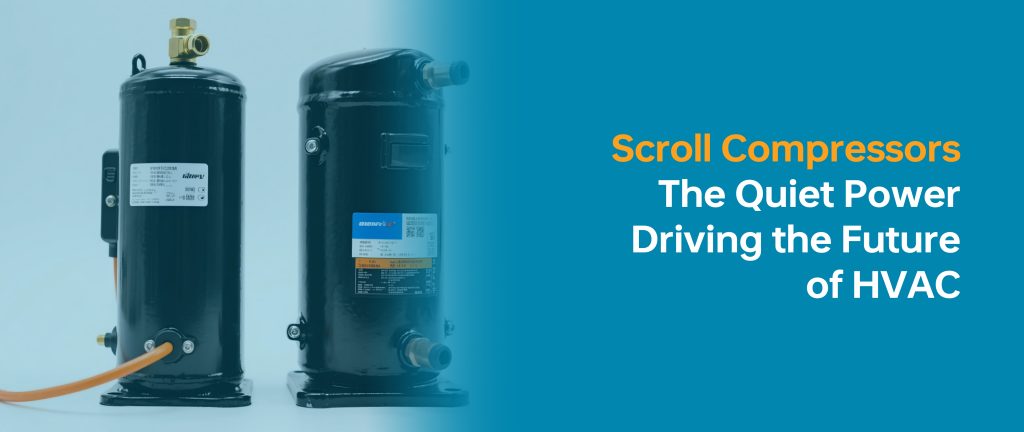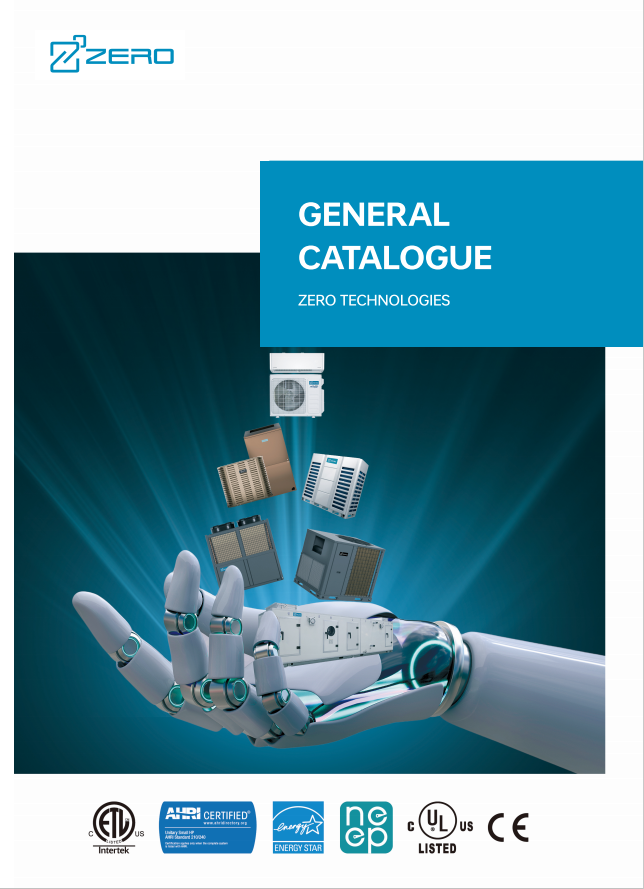With global warming and rising living standards, the demand for split air conditioners (Split ACs) continues to grow. In emerging Asian markets, mini- and multi-split ACs have become the preferred solution for residential and commercial sectors due to their energy efficiency and flexible installation. Tajikistan, a key economy in Central Asia, has maintained an average annual GDP growth rate of around 7% (World Bank, 2023). Summers in its capital, Dushanbe, often see temperatures exceeding 40°C, driving a surge in AC demand. However, the market remains in its infancy, with 90% reliance on imports, primarily from China, Turkey, and South Korea.
Entering Tajikistan’s market requires balancing policy compliance, localized operations, and supply chain efficiency. This article provides an in-depth guide by analyzing global split AC trends, Asia’s growth dynamics, Tajikistan’s import regulations, and China’s supply chain strategies.
Global Split AC Market Trends
1.1 Market Size and Growth Drivers
According to Market Research Future’s Split Air Conditioning Systems Market Report, the global split AC market grew at a 6.8% CAGR from 2019 to 2024, expanding from $85 billion to $120 billion. Key drivers include:
– Demand for Energy Efficiency: EU’s Ecodesign Directive and the U.S. ENERGY STAR certification boosted high-efficiency models. Units with SEER ≥20 rose from 25% (2019) to 45% (2023).
– Smart Home Integration: IoT-enabled split ACs accounted for 38% of global sales in 2023, with Asia-Pacific contributing 60% (Statista).
– Eco-Friendly Refrigerants: R32 (GWP: 675, 70% lower than R410A) became mainstream. Daikin Japan has transitioned fully to R32.
1.2 Regional Market Comparisons
– Asia-Pacific: Dominates 70% of global sales, led by China, India, and Southeast Asia.
– North America: Focuses on premium inverter multi-splits; 2023 market size: $18 billion (CAGR: 5.2%).
– Europe: Heat pumps surged due to energy crises, but split ACs still hold 55% of the residential market.
1.3 Technological Innovations
– AI-Powered Multi-Splits: Gree’s GMV6 reduces energy consumption by 30% via AI algorithms.
– DC Inverter Technology: Midea’s MDV-X operates in extreme climates (-25°C to 55°C).
Growth Analysis of Asia’s Mini- & Multi-Split AC Markets
2.1 Market Landscape and Key Players
Asia accounts for over 60% of global split AC sales. Leading brands strengthen their positions through localized production and innovation:
2.2 Growth Drivers
– Urbanization & Infrastructure: Southeast Asian countries like Vietnam and Indonesia invest billions in housing and commercial complexes amid 3.5% annual urbanization growth.
– Policy Incentives: India’s Cooling Action Plan offers 15% subsidies for 3-star+ ACs, driving a 22% sales increase in 2023.
– Supply Chain Shifts: U.S.-China trade tensions pushed Chinese manufacturers to set up assembly plants in Vietnam, cutting tariffs by 8–12% under ASEAN agreements.
2.3 Future Tech Trends
– Solar-Powered ACs: Haier’s Saudi partnership developed solar-driven multi-splits, reducing grid reliance by 30%.
– Health Features: Panasonic’s Nanoe™X technology purifies air with nano-ions, a post-pandemic selling point.
Tajikistan’s Import Regulations for Mini- & Multi-Split ACs
3.1 Mandatory Certifications and Standards
– GOST Certification: All imported ACs must comply with Tajik Standard’s safety (GOST R 51317.3.2-2006), EMC (GOST R 51317.3.3-2008), and efficiency standards (GOST R 51388-2019). Certification takes 4–6 months and costs $5,000–$8,000.
– Energy Labels: SEER ≥3.2 (equivalent to EU Class B) must be displayed.
3.2 Tariffs and Taxes
– Import Duties: 10–15% based on cooling capacity:
– ≤3.5 kW: 10%
– >3.5 kW: 15%
– VAT: 18% payable at customs.
3.3 Documentation and Customs Clearance
– Key Documents:
- Commercial invoice (HS Code: 8415.10.000).
- Certificate of Origin (CO issued by CCPIT for Chinese exports).
- Packing list (model, quantity, net/gross weight).
- Bill of Lading and insurance (mandatory under CIF terms).
– Customs Agents: Licensed local agents (e.g., Dushanbe Customs Services) clear shipments in 3–5 days.
3.4 Localization Requirements
– Distribution: Foreign companies must partner with Tajik-registered agents; agreements require notarization.
– After-Sales: Mandatory 2-year warranty and spare parts warehouses.
Importing Mini- & Multi-Split ACs from China
4.1 China’s Supply Chain Advantages
China produces 70% of global split ACs, with strengths including:
– Industrial Clusters: Pearl River Delta (Gree, Midea) and Yangtze River Delta (Haier, AUX) achieve 90% local part sourcing.
– Cost Efficiency: 1.5-ton inverter ACs cost $250–$300 ex-factory.
4.2 Procurement Strategies
– OEM/ODM: Minimum order quantity (MOQ) of 500 units for customized branding.
– Payment Terms: 30% advance + 70% against B/L copy (CAD) or L/C.
– Quality Control: Pre-shipment inspections by SGS for refrigerant levels and noise.
4.3 Logistics Solutions
– Sea Freight: Shenzhen Yantian Port to Iran’s Bandar Abbas (25 days), then overland via Turkmenistan. Cost: ~$1,200/40HQ container.
– China-Europe Rail: Chongqing-Dushanbe route takes 18 days, 20% costlier than sea but reduces damage risks.
Market Entry Strategies and Risk Management
5.1 Case Study: Haier’s Localization in Tajikistan
– Voltage Adaptation: Wide-voltage models (180V–260V) for unstable grids.
– Retail Partnerships: Coverage of 80% of Dushanbe’s outlets via Sharq Elektron.
– Service Network: Three repair centers with 48-hour response.
5.2 Risks and Mitigation
– Currency Risks: The Tajik somoni (TJS) depreciated 5% against USD in 2023; use RMB settlements or forward contracts.
– Policy Changes: Tajikistan’s 2024 Import Quality Law revision may increase efficiency checks; stock compliant models.
– Logistics Delays: Purchase cargo insurance and add 15-day buffers for seasonal disruptions.
Future Outlook and Strategic Recommendations
6.1 Market Forecast
By 2027, Tajikistan’s split AC market is projected to reach $120 million (12% CAGR), driven by:
– Infrastructure Projects: $500 million invested in “Dushanbe City” will boost commercial VRF demand.
– Electrification: Rural electrification rose from 75% (2020) to 92% (2023), expanding household AC penetration.
6.2 Technology Trends
– Heat Pump ACs: Models with COP 4.5 (e.g., Gree’s units) suit Central Asia’s heating needs.
– Digital Services: Midea’s M-Smart app enables remote diagnostics and maintenance bookings.
6.3 Strategic Recommendations
– Focus on 1.5-ton Units: Ideal for Tajik homes (80–100㎡ average size, 60% market share).
– Government Tenders: Register as a supplier for annual state purchases (2,000–3,000 units for hospitals/schools).
Conclusion
Tajikistan’s split AC market offers significant potential but requires compliance, supply chain optimization, and localization. Partnering with top Chinese manufacturers (Gree, Midea, ZERO), streamlining logistics, and building responsive service networks are critical. Over the next three years, regional integration (e.g., Tajikistan’s EAEU accession) may lower trade barriers, rewarding early entrants with market leadership.





